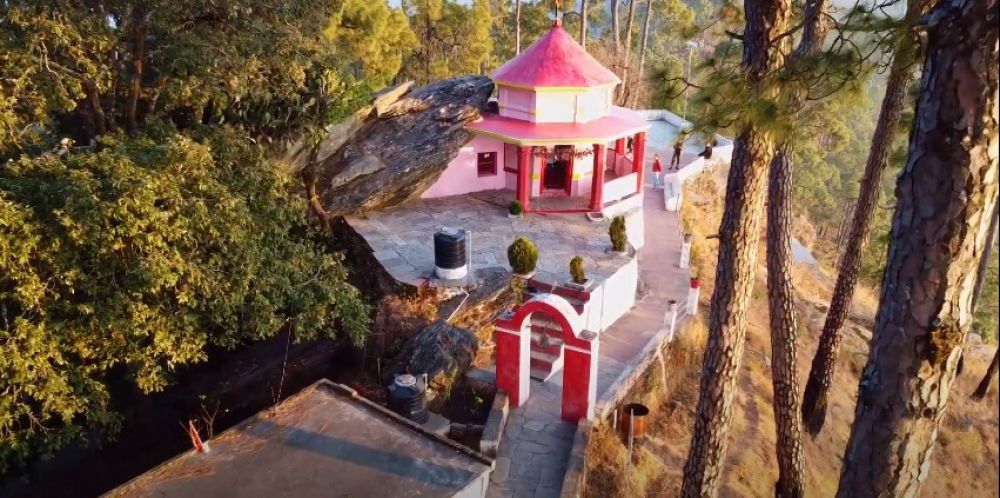

Kasar Devi Temple near Almora, Uttarakhand, India, is a destination that has attracted spiritual seekers and travelers for centuries. The origin of the temple dates back to the 2nd century CE, and it has been mentioned in various historical texts. It is believed that the temple is dedicated to Kasar Devi, a local goddess revered by the residents of Kumaon.
The temple gained international recognition during the 1960s and 1970s when it became a popular stopover for the Hippie Trail travelers. Noteworthy visitors included prominent figures such as Bob Dylan, Cat Stevens, and the beat poet Allen Ginsberg. These artists and explorers were drawn to the region’s serene beauty and the temple’s cosmic energy, which is said to be due to the earth's magnetic field, caused by a Van Allen Belt located here.
Over the years, the government and local community have taken steps to develop tourism infrastructure, enhancing the accessibility and facilities around Kasar Devi Temple. This includes better roads, the introduction of comfortable lodging options, and the promotion of local handicrafts to create a holistic experience for visitors.
Today, Kasar Devi continues to be a significant point of interest for travelers, drawing not just spirituality oriented tourists but also nature lovers, trekkers, and cultural enthusiasts. The region has seen a surge in eco-friendly tourism practices with an emphasis on sustainability. The area around Almora and Kasar Devi now offers homestays, organic cafes, and shops promoting local arts, catering to a niche but growing segment of responsible travelers.
In recent times, Almora and the region around Kasar Devi have become known for hosting cultural festivals that celebrate Himalayan life, art, literature, and spirituality, further bolstering the area's appeal to tourists from around the globe.
The age of social media has brought renewed attention to the Kasar Devi Temple, with travelers sharing vivid imagery and experiences online, sparking interest among a new generation of tourists. This digital exploration has significantly contributed to the temple's modern tourism narrative.
From the allure of its ancient roots to the transformations brought on by the Hippie movement and current eco-tourism trends, Kasar Devi Temple continues to be a blend of history, spirituality, and natural beauty. It stands as a compelling testament to Uttarakhand's rich cultural tapestry and the evolving patterns of tourism that cater to the wanderlust of diverse travelers.